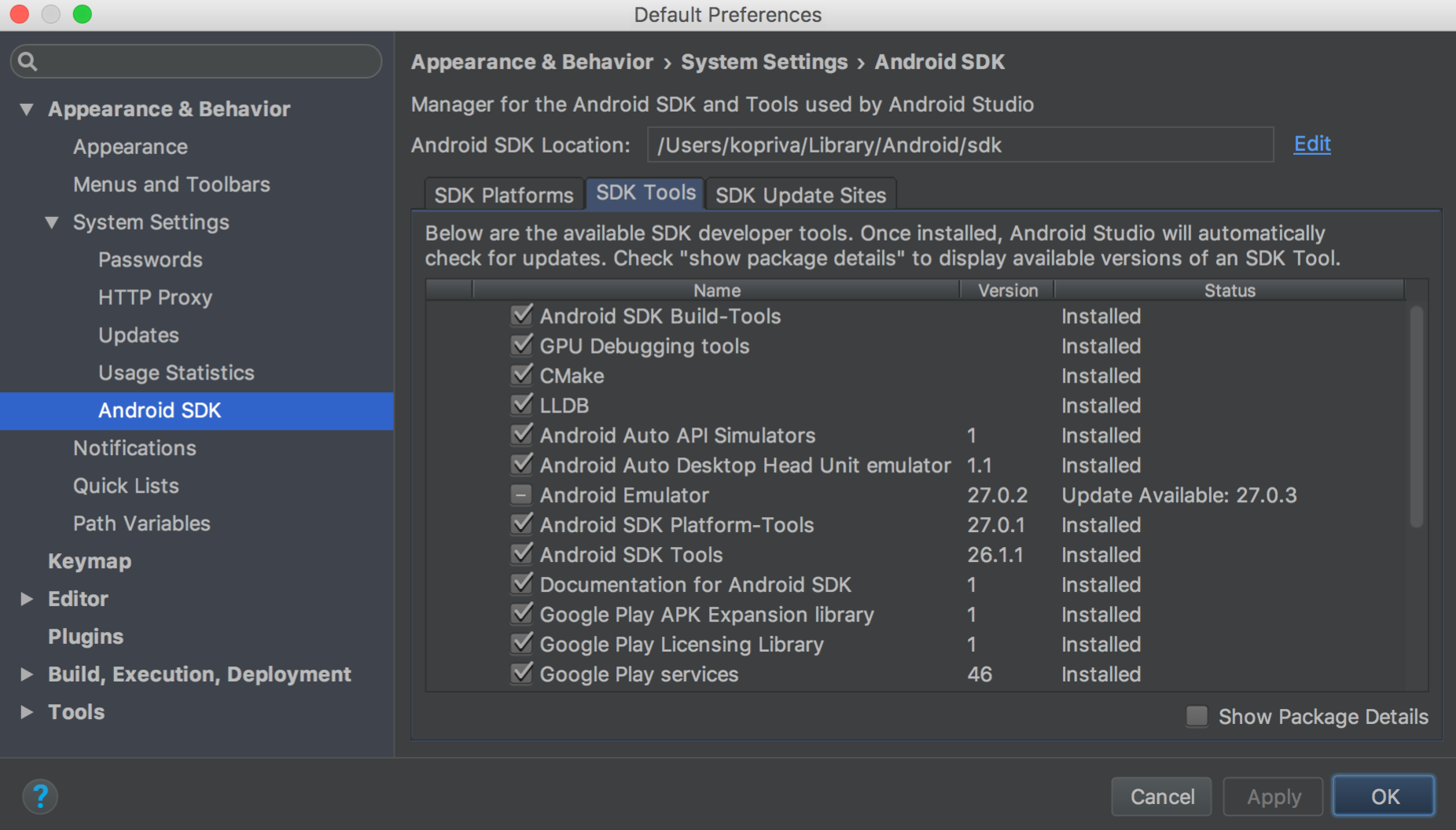

- DOWNLOAD SDK FOR MAC INSTALL
- DOWNLOAD SDK FOR MAC ANDROID
- DOWNLOAD SDK FOR MAC CODE
- DOWNLOAD SDK FOR MAC DOWNLOAD
If your app is authenticating users with Zoom login credentials then you can ignore this step.

The sample app will be created in the Bin/Release folder.ĭepending on what your app’s authentication options are, you might need to use the REST APIs to get the User ID and User Token.
DOWNLOAD SDK FOR MAC CODE
OpenJDK 64-Bit Server VM (build 14.0.2+12-Ubuntu-120.04, mixed mode, sharing)Īdd the following lines to your shell profile, usually ~/.bash_profile or ~/.bashrc, or if you are using zsh then ~/.zshrc config file:If you have Xcode installed, launch the ZoomSDKSample.xcodeprojfile – this will launch Xcode with the sample code bundled with our SDK. $ java - version $ javac - version # Should print something like $:openjdk 14.0.2
DOWNLOAD SDK FOR MAC INSTALL
We recommend using Homebrew to install the required dependencies - a popular package manager for macOS. You will need Node, NativeScript CLI (command line interface), XCode, xcodeproj, cocoapods.
DOWNLOAD SDK FOR MAC ANDROID
The default adoptopenjdk16 does not currently work with the gradle plugin version NativeScript uses, so we recommend sticking with an older version for now.Ĭonfigure the ANDROID_HOME environment variable for NativeScript to be able to find the Android SDK, and add the required tools to path.Īdd the following lines to your shell profile, usually ~/.bash_profile or ~/.bashrc, or if you are using zsh then ~/.zprofile or ~/.zshrc config file: The newly created AVD should show up in the list, and you should be able to click the green "play" button to start the virtual device.
DOWNLOAD SDK FOR MAC DOWNLOAD
If the selection is greyed out, click the "Download" link next to the Release Name to download the System Image and then click " Next" and " Finish" to create the AVD. For the System Image select the latest version (the highest API Level in the list). You can select any phone from the list - for example " Pixel 3 XL" and then click " Next". Click on " Create Virtual Device." then pick a phone from the list. If the list of available Virtual Devices is empty, you will need to create a new AVD. Using a virtual device: Open Android Studio, and open "AVD Manager" - If you are on the welcome screen, it's under the Configure › AVD Manager dropdown, otherwise under the Tools › AVD Manager menu. Using a physical device: Connect the device using a USB cable, and follow the instructions from Running on a physical device To run a NativeScript app, you will need an Android device - either a physical or a virtual device. If you see No issues were detected you have successfully set up your system. to create the ANDROID_HOME user variable that points to the path of the Android SDK:


Setting up the Android development environment can be daunting if you are new to Android development, however following the next steps carefully will get you up and running in no time.ĭownload and install Android Studio.


 0 kommentar(er)
0 kommentar(er)
